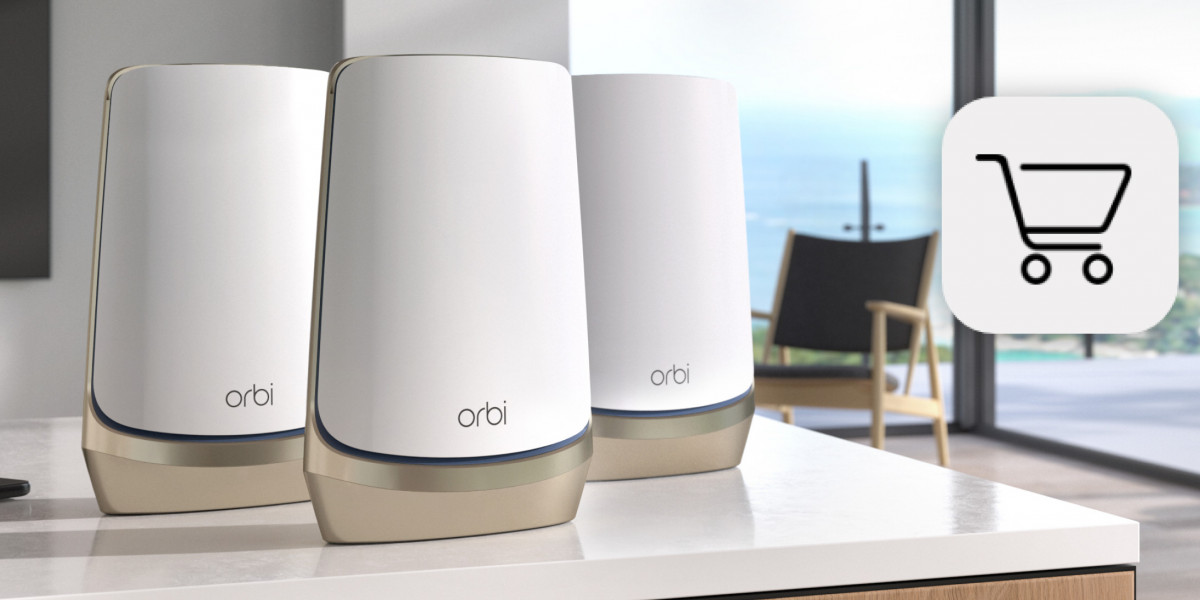So Orbi is Netgear’s whole mesh thing — one “main” router (they call it the router unit) and then these satellites you put around your house. the idea is they all talk to each other so you don’t get dead zones. fancy stuff. okay, so here’s what I wish I knew before I started setting mine up:
1. You actually need to pick where to put the main one
this sounds dumb, but I just plugged mine into the modem because that’s where the cable came out of the wall. big mistake. you want it kind of central if you can. if your modem is in the basement or shoved behind the TV, maybe grab a longer ethernet cable and move the Orbi somewhere more open. the satellites talk over wireless, so line of sight kind of matters. don’t bury the thing behind a plant.
2. the app
download the Orbi app before you even start. I didn’t, and then it wanted me to scan QR codes on the bottom of the units, but I already had them plugged in and the QR code was like facing the wall. so yeah, just do that first. the app walks you through Orbi Mesh Setup pretty decently but it’s slow. don’t panic if it says “looking for your Orbi” for like three minutes. it’s not broken. it’s just… old-school slow.
3. Firmware updates — do them right away.
the app’s going to tell you “update available” and you’re going to think “eh, later.” don’t. just do it. half the weird connection drops I had went away after I updated. the updates take like 10 minutes though, so maybe do it when you’re not trying to stream something.
4. naming stuff
this is dumb but I spent way too long thinking about what to name my wifi network. if you’re replacing an old router, maybe name it the same thing and use the same password, so all your devices reconnect automatically. BUT, and this is a big but, some people say Orbi can get confused if there’s an old router still powered on with the same SSID. so unplug the old one first. don’t have two networks called “PrettyFlyForAWiFi” at once. chaos.
5. placement of satellites
this part’s a bit of art and science. the app will tell you if a satellite is too far from the main router, but like, it’s not super smart. the rule of thumb I learned: if you have three satellites, don’t put one way at the edge of your house expecting it to magically beam across walls. think of it like a relay race — each one should be within range of the next. halfway points, not corners.
and yeah, sometimes you gotta try a few spots. I literally walked around with my phone running speed tests like a maniac. felt dumb but it worked.
6. ethernet backhaul
if you can wire your satellites with ethernet, do it. that’s called a “wired backhaul” and it makes everything faster. but it’s optional. most people just do wireless. if your house is newer or has ethernet jacks in the walls (lucky you), you’ll get a rock-solid Orbi Mesh Setup.
7. guest network
the guest network thing is actually kinda useful. you can turn it on in the app. if you have people over and don’t want them snooping on your printer or NAS (if you even know what that is), guest network keeps them separate. it’s not just for guests honestly, I use it for smart home junk too — Alexa, bulbs, all that stuff.
8. random gotchas
- Orbi really wants to use the app. if you’re a computer person, you can go to orbilogin.com in your browser, but it’s kinda janky.
- sometimes it randomly decides your phone isn’t on the same network, even though it is. closing and reopening the app fixes it (I know, tech support 101).
- make sure your satellites are plugged into actual power outlets — I once had one in a surge protector with a switch and it wasn’t even on for two days. felt like an idiot.
9. coverage reality check
it’s good, but it’s not magic. like, if your house is concrete walls or three stories tall, you might still get dead spots. sometimes it helps to raise the satellites off the floor — put them on a shelf or something. I dunno why that helps but it does. maybe radio waves are picky like that.
10. don’t overthink it
I know there’s a lot of talk online about channels, bands, tri-band vs dual-band, blah blah. unless you’re running a home lab, just let Orbi do its thing. it manages the channels automatically. you don’t need to mess with 2.4GHz vs 5GHz — it’s all one network, your devices pick what’s best.







